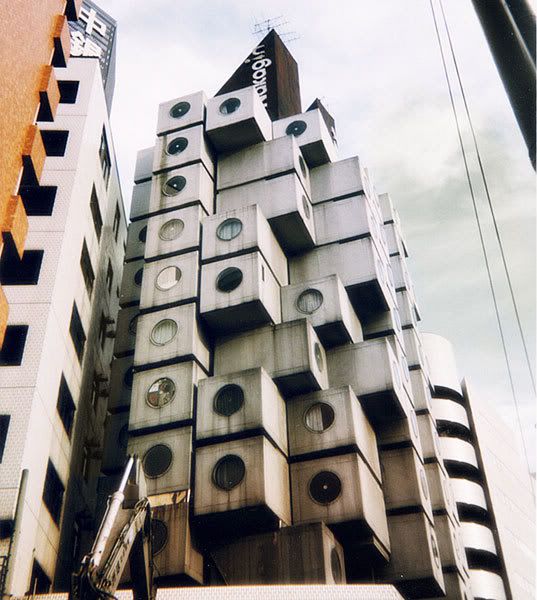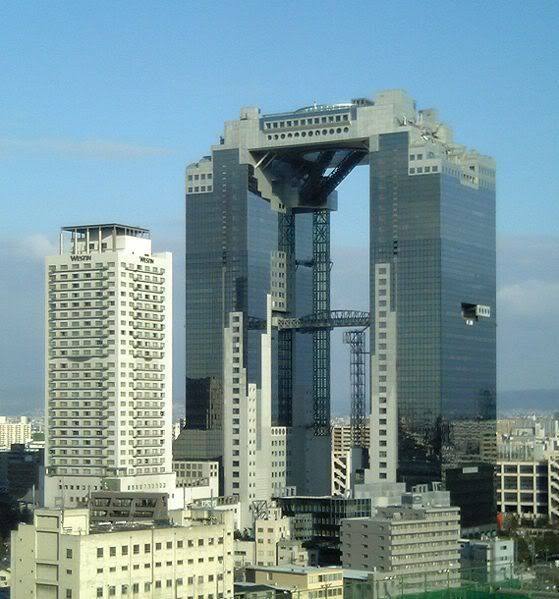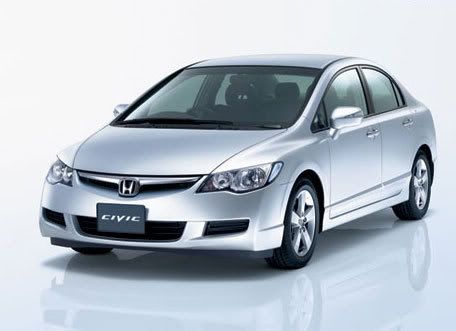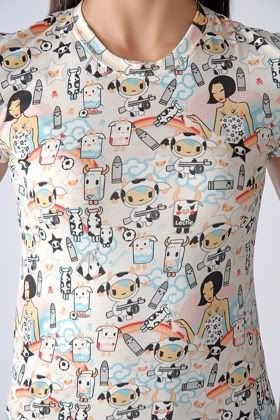(I will try to put the pictures in as soon as my photo hosting website is back online... sorry for now) they are in the hard copy.
Since I was very young Japanese Culture has been very interesting to me. The various forms of design vary greatly and there are interesting contrasts riddled throughout the culture. From Japanese architecture to television, they celebrate both sides of the design spectrum equally. From chaotic and “insane”, to extremely organized and simple, various aesthetic approaches are taken throughout the culture.
Currently Japan is one of the world leaders in technological development. This world position is very obvious when looking at almost any Japanese structure. The ultra affordable, efficient, and clean governmentally appointed housing:

is an excellent example of this approach.
Though simple and seemingly very western, the sheer use of space is astounding. An average Japanese apartment building houses twice as many tenants than its American counter parts (in ratio) this resourcefulness is a common theme throughout Japanese culture.
The incredible and borderline “whacky” Capsul Tower Hotel (which is scheduled for demolition):

The idea of controlled chaos permeates Japanese culture. While it is commonly found in entertainment this archictural structure reflects it. It makes amazing use of space, contrast, balance, points and lines. Also it emphasizes proportion and unity. These design elements show themselves in other places in the culture as well.
The breath taking Umeda Sky building in Osaka is a great example of this:

Finally this massive tower demonstrates the Japanese trait of form vs. function and the balance there in. These massive towers visual make amazing use of lines, texture, balance, and form. If similar buildings were built in America at a similar time they would undoubtedly be much more concerned with function and as such lose the beauty.
Japanese architecture is an extremely interesting balance between chaos and simplicity. Also they greatly appreciate both sides of the balance between form and function. This can be seen in many of their technologies.
The Honda Car is a great example of a beautiful, efficient, cheap, and reliable car. It gets very high gas mileage as well as maintaining the sleek and sexy design, which consumers seem to expect of modern cars:

Japanese cars make outstanding use of balance, lines, and curves. Also movement obviously places key rolls in the designing of cars. However, again the Japanese seem to balance form and function perfectly and that is why they are one of the leading car manufacturers.
However, on the flip side while the Japanese make incredible use of their recourses and do not waist when it comes to physically constructing something. Excess and chaos becomes very evident in their advertising and entertainment.
An example of this is Takeshi’s Castle or as known in the United States “MXC” (Most Extreme Elimination Challenge). This show is utterly ridiculous and in very few ways actually reflects the non-wasteful sleek and organized themes that seem to have defined Japanese culture:
.
This hectic game show uses rapid movement, bright colors, and very little balance to achieve the feeling of utter ridiculous that permeates Japanese entertainment. Interestingly though this may at first glance seem negative, the spectator becomes very attracted and “hooked” on watching this type of television for hours on end. In a since their ideas of form and function parallel the idea that in this case the ends justify the means (the ends being viewers watching, the means being chaos).
This Japanese shirt is also a good example of this organized chaos:

Japan makes excellent use of all different elements of design. The balance, lines, and simplicity that is found in their architecture and technology in many ways contrasts with the chaos, colors, and rapid movement which is found in their entertainment. The idea of excess and waste when it is superficial is very interesting and I believe the Japanese appreciation of this idea may be a key reason to their continued success.
No comments:
Post a Comment